Shrouded in mystery since its inception in the 1970s, artist Michael Heizer’s expansive land art project City finally opens to visitors today. Located in the Great Basin desert of eastern Nevada, the fantastical complex is 1.5 miles long and a half-mile wide.
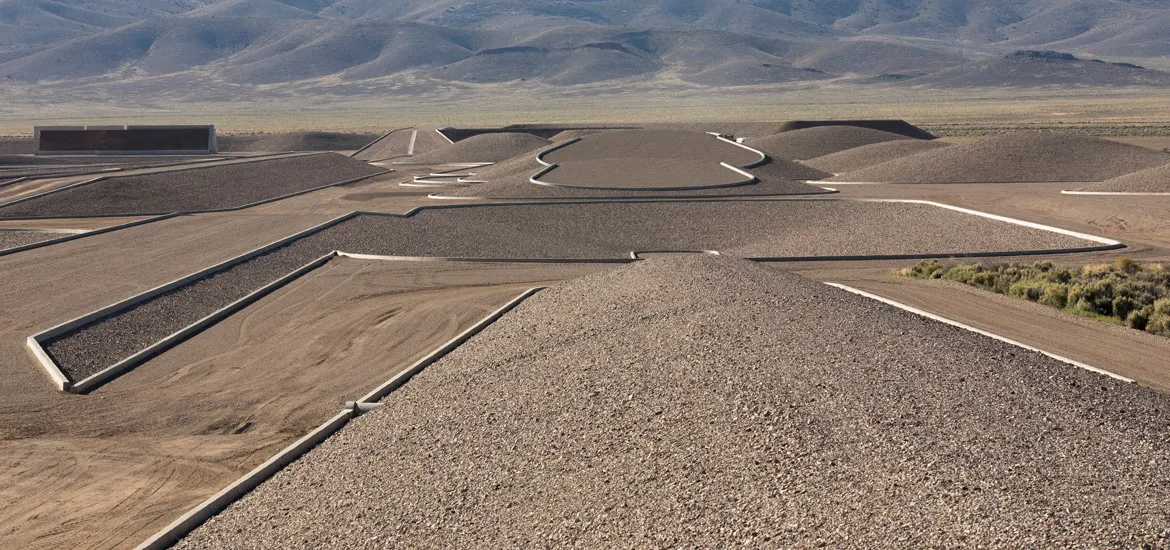
City (1970—2022) © Michael Heizer. Eric Piasecki, courtesy of Triple Aught Foundation, click to enlarge
Drawing inspiration from the ancient cities and sites of indigenous cultures in the Americas, as well as Egypt—which Heizer visited with his anthropologist/archeologist father—the 77-year-old artist employed concrete, compact dirt, rock, sand, and clay—mixed and mined onsite—for the construction of mounds, pits, and curved forms throughout the site. Michael Kimmelman, the architecture critic for The New York Times, called the project a “riff on ancient ruins.”
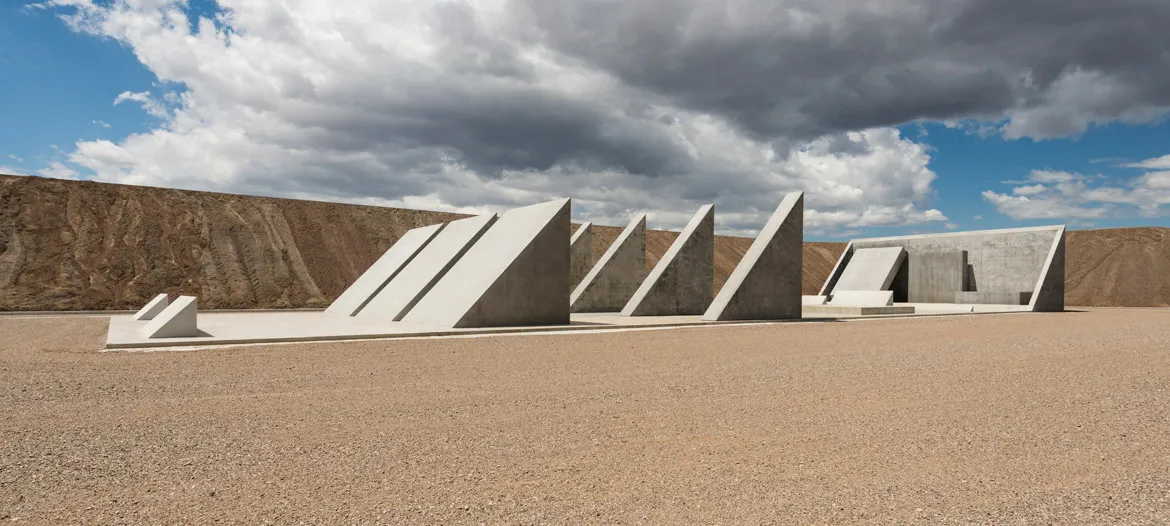
45°, 90°, 180°, City © Michael Heizer. Photo by Ben Blackwell, courtesy of Triple Aught Foundation
As much as possible, Heizer sought to avoid disturbing the area’s native plants and animal life. The land surrounding his site was once considered for a railway to transport nuclear waste to a repository at Yucca Mountain, but in 2015, former Nevada senator and majority leader Harry Reid instead convinced President Obama to preserve hundreds of thousands of acres around City as a national monument. (Reid may be Heizer’s biggest non-art world fan, as The New Yorker has noted.)
Heizer’s artwork often carries a sense of danger: his pristinely crafted pits can be so deep you can barely see the dark bottom. Levitated Mass, a 350-ton boulder, hovers forbiddingly over a pedestrian walkway at the Los Angeles County Museum of Art (LACMA). But the late critic Dave Hickey—one of the few people allowed to see City in process—had a different take on the ambience of this monumental work. “The roads and domes and pits within the excavation are elegantly curbed into long, quiet Sumerian curves,” wrote Hickey. “They restore our sense of distance and scale, so the complexity of City reveals itself as a gracious intervention in the desert…composed and complete.”

1
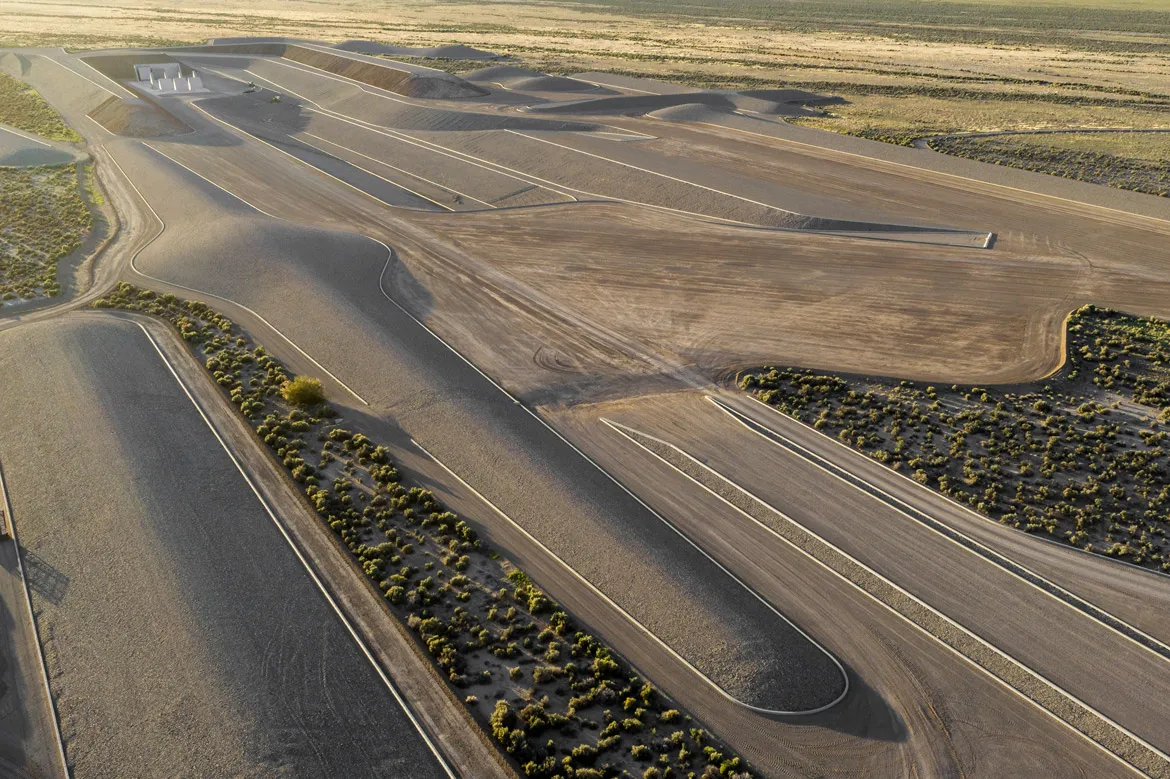
2
Complex One (1), and overview (2), City © Michael Heizer. Photos by (1) Mary Converse + (2) Eric Piasecki, courtesy of Triple Aught Foundation
In fact, the greatest dangers of City have been to Heizer himself, who suffered numerous injuries over the decades of its construction. Yet he has outlived most of the prominent earth work artists of the era in which this project began—including Walter De Maria and Robert Smithson—and this epic piece is likely the biggest begun in that period.
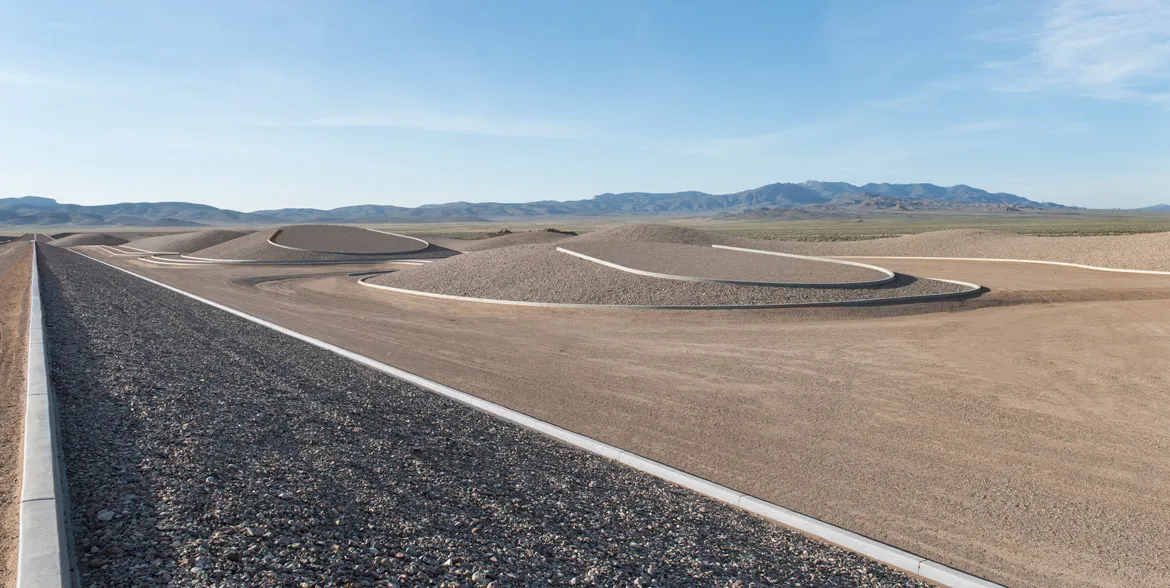
City © Michael Heizer. Photo by Ben Blackwell, courtesy of Triple Aught Foundation
Owned and operated by the nonprofit Triple Aught Foundation, City will be supported by an endowment that currently stands at $30 million. Its board includes LACMA director Michael Govan; Museum of Modern Art director Glenn D. Lowry; Glenstone co-founder Emily Wei Rales; and the gallerist Virginia Dwan, a longtime Heizer patron.
City will receive daytime visitors (a maximum of six at a time) with prior reservations. While all the slots for 2022 are already filled, reservations for 2023 will open at midnight on January 2, 2023, on the project website. Tickets are $150 per person; $100 for students; and free for residents of Nevada’s Lincoln, Rye, and White Pine counties, with reservations. The Gagosian Gallery is collaborating with the artist on a forthcoming book about the project.
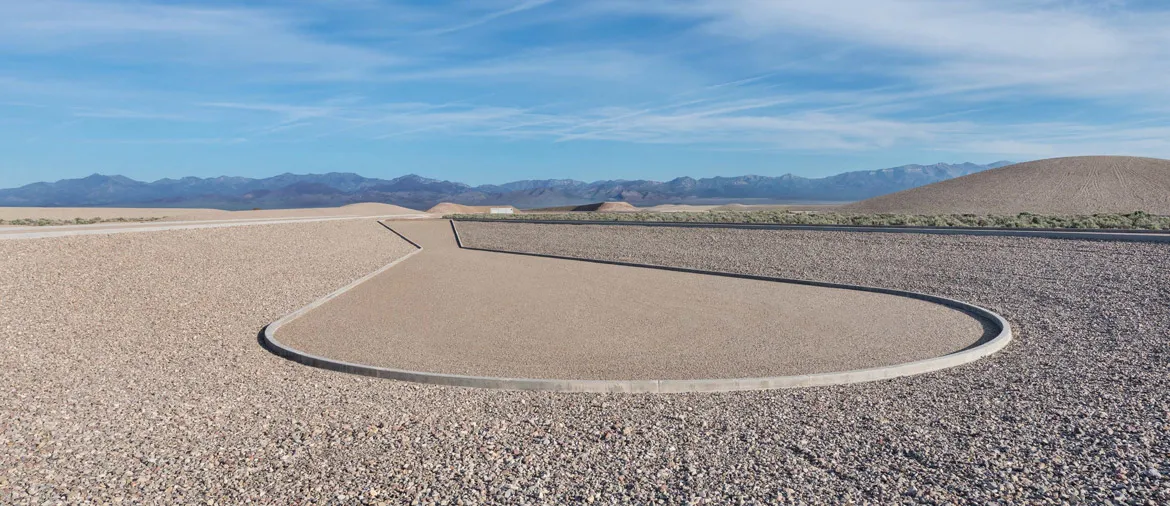
City © Michael Heizer. Photo by Ben Blackwell, courtesy of Triple Aught Foundation

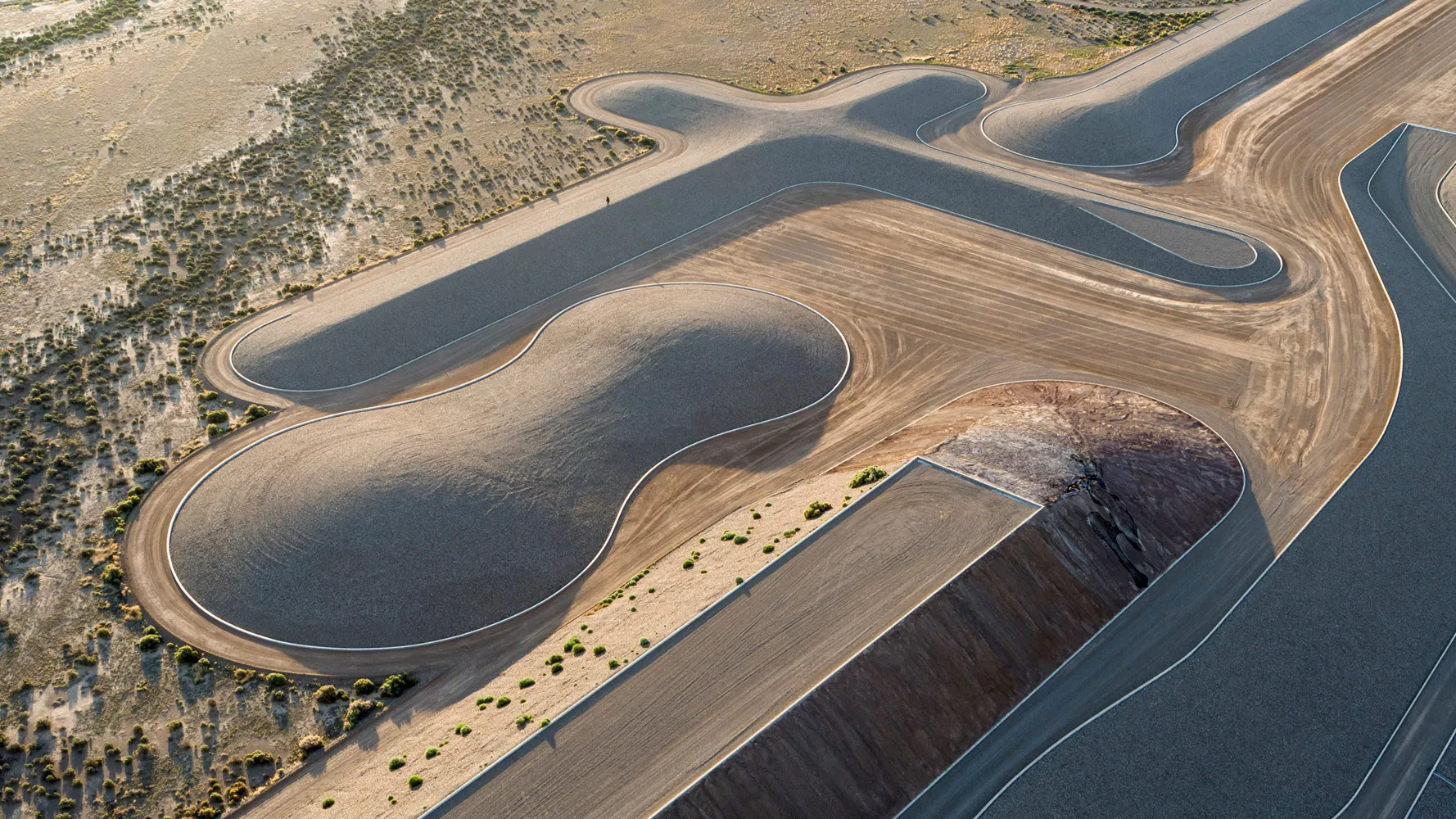
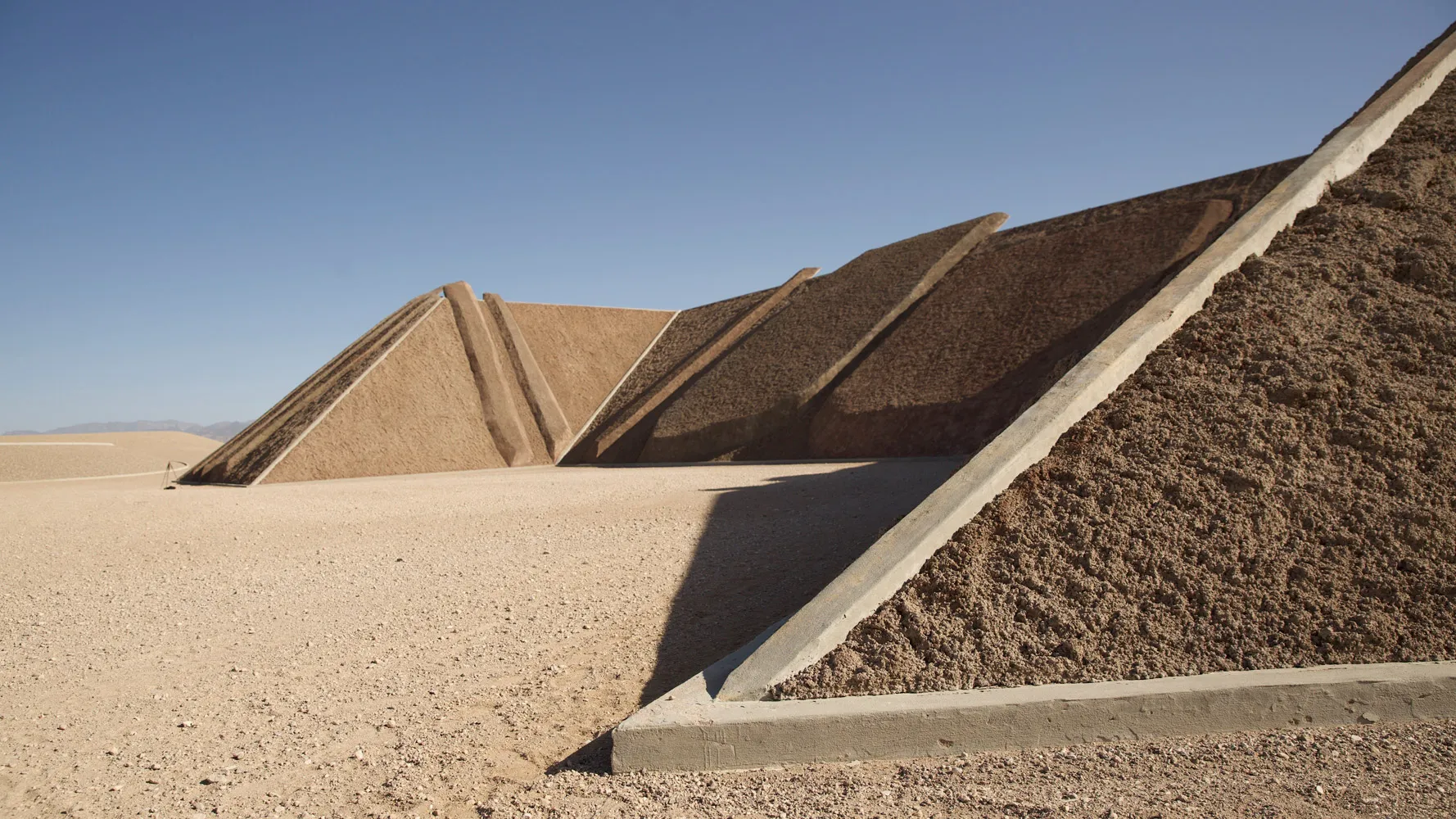
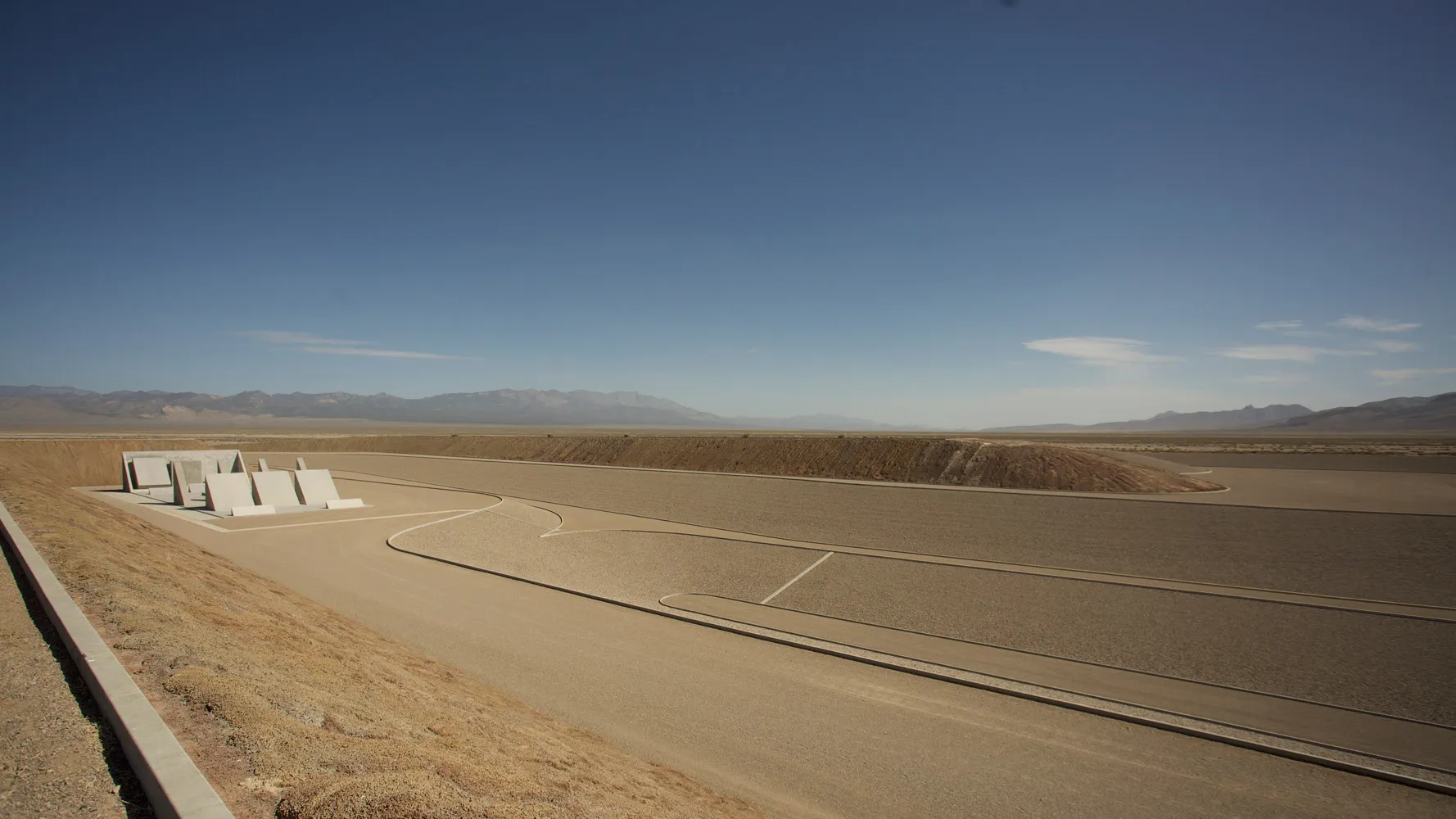
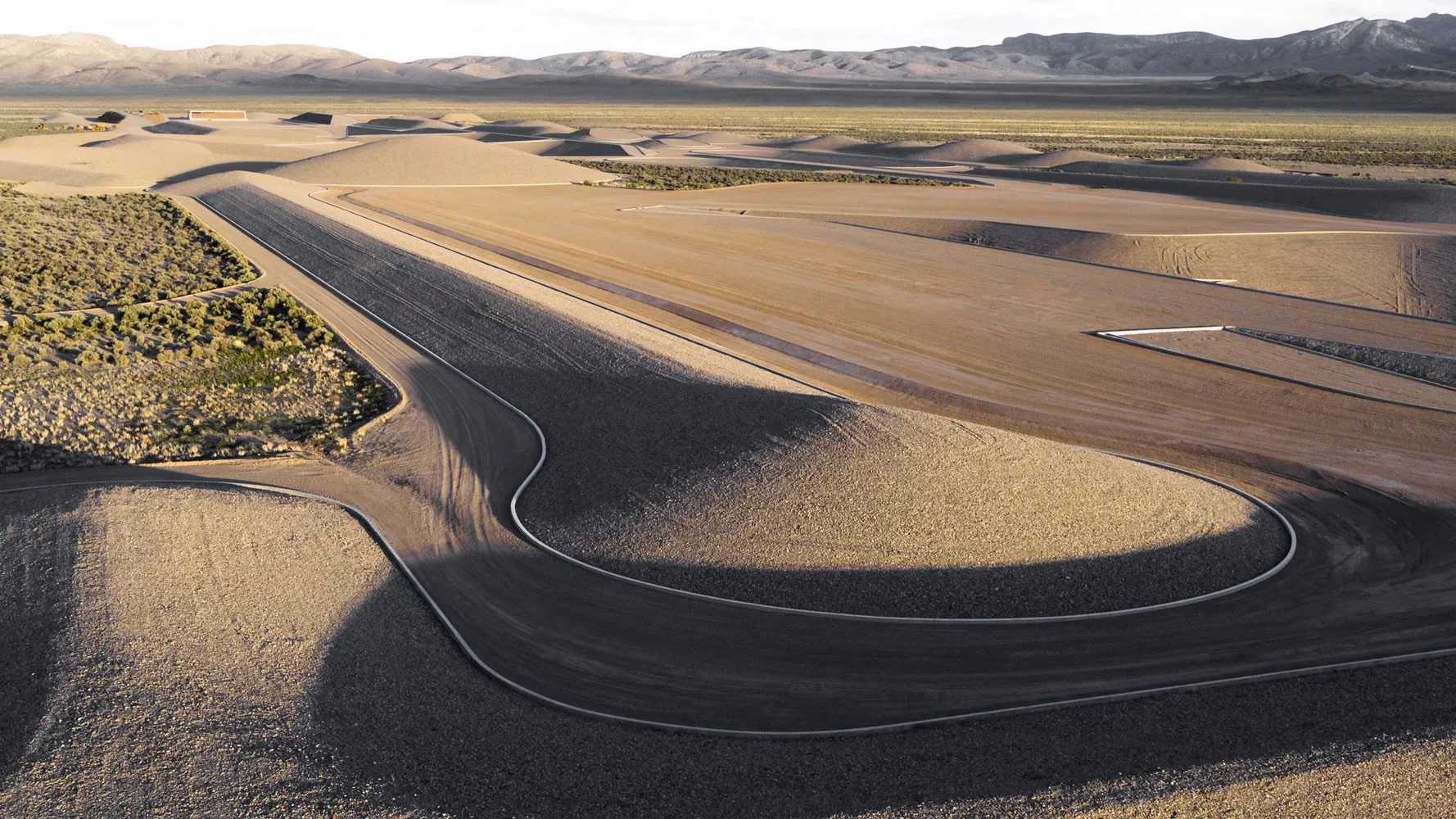



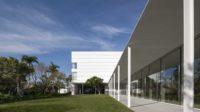
Post a comment to this article
Report Abusive Comment